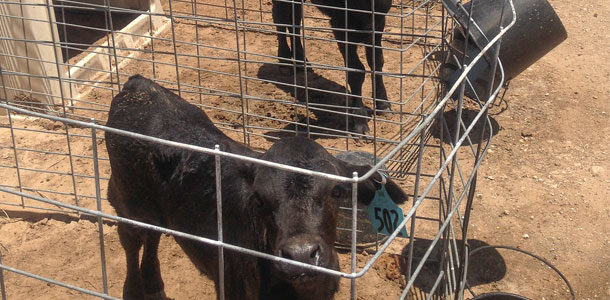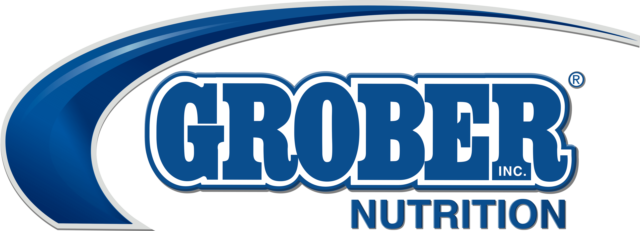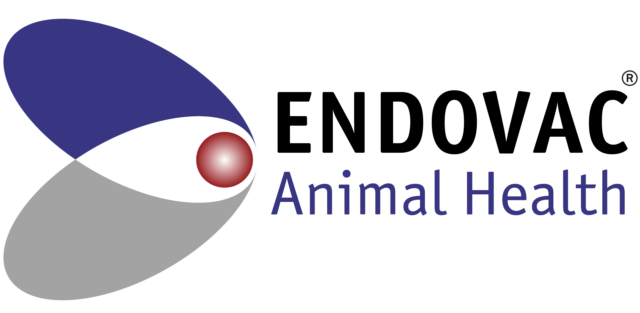Using beef sires to breed a portion of dairy females provides an opportunity to increase revenue from calf sales. As more dairy producers explore beef-on-dairy crossbreeding programs to maximize the value of every calf, the industry is learning some key insights along the way.
While we know what it takes to raise a productive dairy calf, there are some specific management practices needed to gain the best return in the beef market – and it involves more than just selecting genetics for a black hide.
Here are five best management practices to help dairy producers achieve optimum growth and return from beef-on-dairy crossbred calves.
1. Increase nutrition to meet growth rates
Crossbred calves sired by beef bulls are genetically built for more growth potential than calves sired by dairy bulls. That means crossbred calves will likely need a larger quantity of milk, water and feed to achieve optimal rate of gain, feedlot performance and carcass characteristics.
Examine feed intake throughout the first 60 days of life to ensure nutrition is balanced for calf growth rates. In general, follow the same best practices you would use for feeding dairy calves, including:
- Meet or exceed nutrient requirements based on size, gender and desired growth rate
- Keep feeding times and amounts consistent
- Provide quality feed, proper bunk management and fresh water
- Monitor for acidosis
One of the most important factors for a successful weaning transition and long-term calf health is proper rumen development. Healthy, fast-growing calves that have only had milk may experience unnecessary stress and gastrointestinal issues if their rumens aren’t ready to digest feed.
Rumen development typically takes two to three weeks to efficiently digest grain. If the goal is to wean at 5 or 6 weeks old, calves should begin eating some grain by 2 weeks old to allow enough rumen development to occur. Start by providing calves with at least 0.5 pound of starter grain per day for four weeks or 1 pound of starter grain per day for two weeks. They should be eating 2 pounds per day for three consecutive days before weaning.
Work with your nutritionist and veterinarian to evaluate your program and address any health or feed concerns.
2. Protect against respiratory disease
In many areas, producers and veterinarians are observing excessive respiratory disease rates among beef-on-dairy calves when weaned out of calf hutches and moved to group housing. Respiratory disease can cause long-term lung damage in calves, which may result in lower carcass finished weight and quality grades.
Administering an intranasal vaccine in the first week of life helps prepare calves for these post-weaning challenges. Intranasal vaccines are especially effective in protecting against the common pathogens associated with bovine respiratory disease (BRD) because they’re not blocked by maternal antibodies.
Depending on your operation and disease challenges, you may want to consider repeating the vaccine at 30 to 60 days old. At the appropriate time, based on label directions, vaccinate for respiratory disease with an approved injectable.
Additional measures that should always be taken to ensure optimal immune function in calves include:
- A clean, dry, well-bedded environment
- Proper ventilation
- Sanitary storage and feeding equipment
- Consistent feeding practices (timing, temperature, percent solids)
- Access to fresh, clean water
Your herd health veterinarian can recommend an effective BRD vaccination protocol for your calves.
3. Treat BRD quickly and effectively
Early intervention is critical to successfully control BRD, so it’s important to recognize signs and symptoms for faster identification and action.
Work with your veterinarian to set disease thresholds for treating a group of animals. In an outbreak, only treating animals as they are recognized as ill may result in delayed treatment, less treatment success and longer disease periods.
Choose treatment options that are proven to effectively control respiratory disease. There are products available that fight all four major BRD pathogens:
- Mannheimia haemolytica
- Pasteurella multocida
- Histophilus somni
- Mycoplasma bovis
Reducing fever associated with BRD is a critical component of treatment and is proven to support recovery. Treating animals with a dual-therapy product that includes a fast-acting nonsteroidal anti-inflammatory drug (NSAID), or adding an NSAID to your treatment, may help calves get back on track sooner.
Consult your veterinarian to establish treatment protocols that include recommended post-treatment intervals.
4. Use timed A.I. to deliver a more consistent calf crop
Reproductive efficiency is an important factor to consider in a crossbreeding program. Because calf uniformity improves marketability and increases profit, producers may want to consider fixed-time A.I. to deliver a more-consistent group of crossbred calves to market.
Consult with your veterinarian to develop fixed-time A.I. protocols that include both cloprostenol and gonadorelin acetate to synchronize estrous cycles and improve reproductive efficiency.
5. Continue to assess and improve
Raising crossbred calves is still new to many producers, so it’s important to continuously monitor program outcomes and adjust practices as needed.
Implementing health and management practices that emphasize proper nutrition and immune function will add more value to beef-on-dairy calves and maximize return.
Work closely with your veterinarian, nutritionist, university extension specialists, and animal health and A.I. representatives to evaluate your management program and get the greatest return on your crossbred calves.






